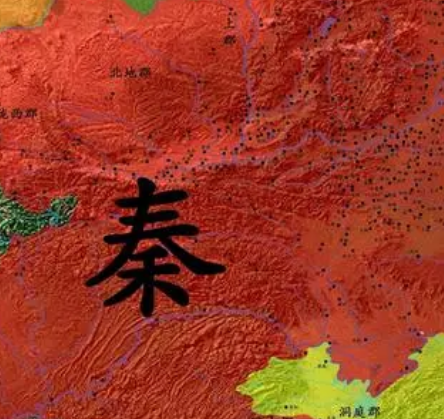From 230 BC to 221 BC, under the leadership of Qin Shi Huang, the Qin State successfully unified the six kingdoms through a decade of wars, ushering in the first feudal dynasty in Chinese history - the Qin Dynasty. So, what was the process of the Qin's conquest of the six kingdoms? Which kingdom was the most difficult to defeat? This article will take you back to this magnificent and thrilling period of history.

Firstly, the process of the Qin's conquest of the six kingdoms:
1. The Rise of the Qin State
During the Warring States period, the Qin State was located in the Guanzhong Plain, enjoying a superior geographical position, developed agriculture, and gradually growing national strength. In 356 BC, the Shang Yang Reform stabilized the political situation, prosperous the economy, and greatly enhanced the military strength of the Qin State.
2. The Qin's Eastward Expansion
In 230 BC, the Qin State began to expand eastward, successively conquering the states of Han, Zhao, and Wei. In 228 BC, the Qin State captured the capital of Yan, Ji, and King Yan Xi was forced to cede territory and seek peace. In 225 BC, the Qin State captured the capital of Chu, Ying, and King Chu Fu was captured. By this time, the Qin State had destroyed five kingdoms.
3. The Qin's Southern Campaign
In 223 BC, the Qin State marched southward and captured the capital of Qi, Linzi. King Qi Jian was forced to surrender, and the Qi State was destroyed. At this point, the Qin State had unified the six kingdoms.
Secondly, which kingdom was the most difficult to defeat?
Among the six kingdoms, the most difficult to defeat was the Zhao State. Located on the North China Plain, the Zhao State had a strategic location, a large population, and a powerful military. In 233 BC, the Qin State launched a war against the Zhao State, but suffered heavy losses in the Changping Campaign. The Changping Campaign was the largest battle in the Warring States period, with over a million troops on both sides. In the end, General Lian Po of the Zhao State adopted a strategy of fortifying and clearing the countryside, trapping the Qin army in a difficult situation. However, due to the Qin State's use of counter-intelligence, the King of Zhao was deceived and replaced Lian Po with Zhao Kuo. Lacking combat experience, Zhao Kuo led the Zhao army to defeat. After the Changping Campaign, the Zhao State was severely weakened and ultimately destroyed by the Qin State.
In summary, the process of the Qin's conquest of the six kingdoms was a magnificent and thrilling war of unification. In this war, the Qin State, with its powerful military strength and efficient war strategies, successively conquered the states of Han, Zhao, Wei, Yan, Chu, and Qi. Among them, the most difficult to defeat was the Zhao State. The victory of the Changping Campaign laid the foundation for the Qin State's unification of the six kingdoms.
Disclaimer: The above content is sourced from the internet and the copyright belongs to the original author. If there is any infringement of your original copyright, please inform us and we will delete the relevant content as soon as possible.
































